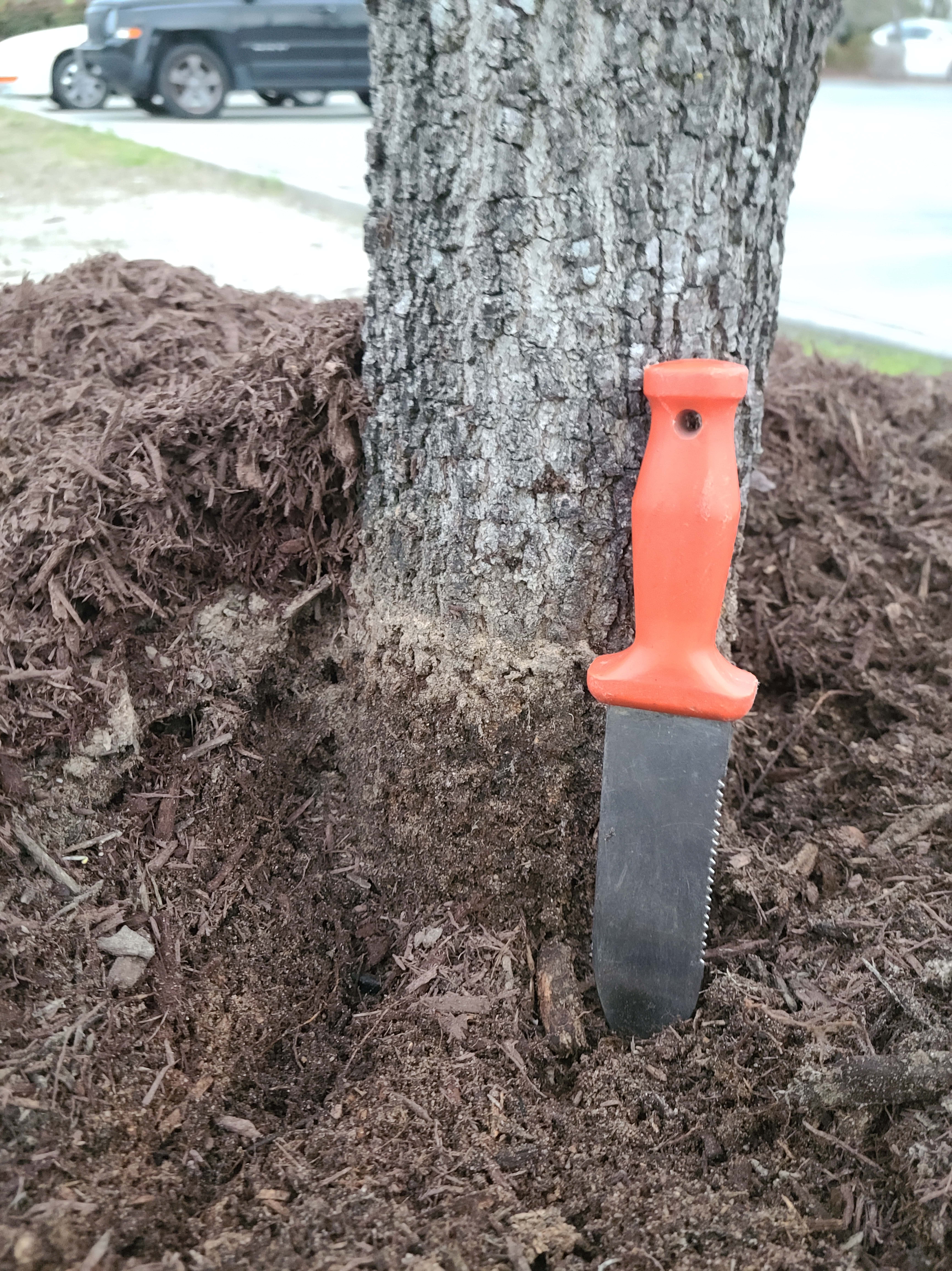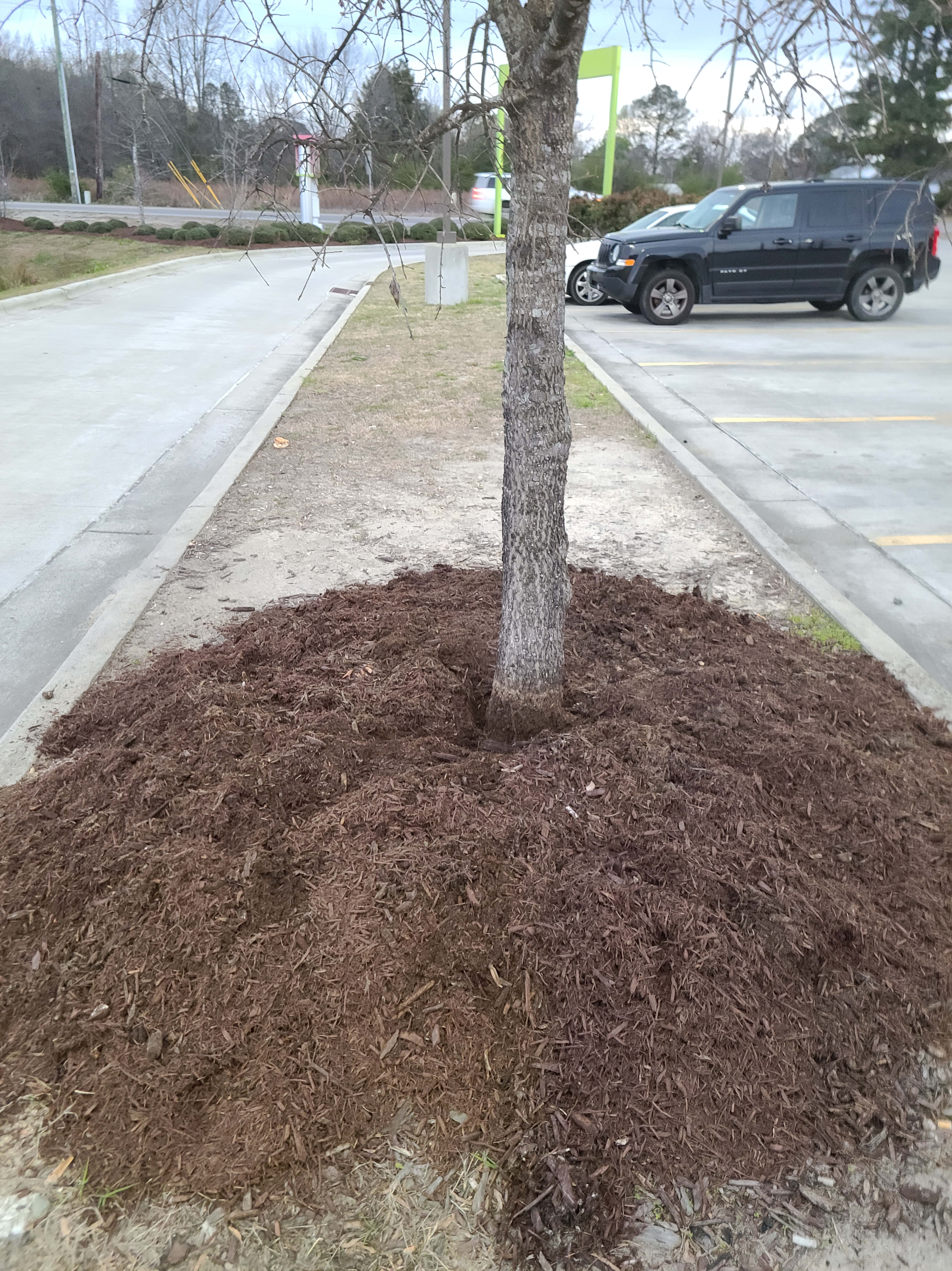Protecting Your Japanese Maples From the Heat
go.ncsu.edu/readext?1067363
en Español / em Português
El inglés es el idioma de control de esta página. En la medida en que haya algún conflicto entre la traducción al inglés y la traducción, el inglés prevalece.
Al hacer clic en el enlace de traducción se activa un servicio de traducción gratuito para convertir la página al español. Al igual que con cualquier traducción por Internet, la conversión no es sensible al contexto y puede que no traduzca el texto en su significado original. NC State Extension no garantiza la exactitud del texto traducido. Por favor, tenga en cuenta que algunas aplicaciones y/o servicios pueden no funcionar como se espera cuando se traducen.
Português
Inglês é o idioma de controle desta página. Na medida que haja algum conflito entre o texto original em Inglês e a tradução, o Inglês prevalece.
Ao clicar no link de tradução, um serviço gratuito de tradução será ativado para converter a página para o Português. Como em qualquer tradução pela internet, a conversão não é sensivel ao contexto e pode não ocorrer a tradução para o significado orginal. O serviço de Extensão da Carolina do Norte (NC State Extension) não garante a exatidão do texto traduzido. Por favor, observe que algumas funções ou serviços podem não funcionar como esperado após a tradução.
English
English is the controlling language of this page. To the extent there is any conflict between the English text and the translation, English controls.
Clicking on the translation link activates a free translation service to convert the page to Spanish. As with any Internet translation, the conversion is not context-sensitive and may not translate the text to its original meaning. NC State Extension does not guarantee the accuracy of the translated text. Please note that some applications and/or services may not function as expected when translated.
Collapse ▲Japanese maples have become a well-loved small tree in the Southern garden. I have been to many gardens and folks are so proud to show off their Japanese maples. They come in many different sizes, shapes and colors, such that there truly is a Japanese maple for every garden, no matter what look you are going for. In the Spring, their foliage emerges fresh and crisp, and sometimes you may notice their unique flowers. But in the summertime, this can be a different story. Let’s talk about some strategies to help you help your Japanese maple be less summer stressed and be the most stately it can be.
Make Sure They are Planted at the Right Depth
The biggest issue I have seen with Japanese maples is improper planting depth. When I get called to look at struggling trees, it is usually because they were planted  too deep and they have girdling root issues (this can also be caused by improper mulching, but we’ll talk about that later). Some of these trees can be salvaged and the girdling roots can be cut, but sometimes the damage is too far-gone and the tree has already grown around the girdling root. At that point it is a terminal issue and the tree will never recover.
too deep and they have girdling root issues (this can also be caused by improper mulching, but we’ll talk about that later). Some of these trees can be salvaged and the girdling roots can be cut, but sometimes the damage is too far-gone and the tree has already grown around the girdling root. At that point it is a terminal issue and the tree will never recover.
To make sure you have planted your tree correctly, look down the trunk and make sure you can see where the trunk flares out to the first major root. Trees do not just come out of the ground like a straight stick. They need a flare to hold themselves steady as they grow. This flare indicates where the bark of the tree is. This tissue is not the most resistant to rot, so when it is below the ground it can let pathogens into the tree more easily. Japanese maples can sometimes be grafted. Make sure you are planting at the root flare of the root stock, NOT the graft union!
Don’t assume that new trees were growing at the right depth in the pot you bought them in! You can dig up and replant a recently-planted maple or a maple that you can reasonably dig up and raise to grade if you find your tree is too deep. This is best done when the tree is dormant, so wait until December to February.
More mature trees may require root cutting and regrading to overcome improper planting depth.
Make Sure You Can Get Water to Them, Even if They are Mature
Our summers in the South are getting more erratic and we are more prone to periods of hot, dry weather. Japanese maples can tolerate the heat, but they do not like it hot and dry. These garden beauties can withstand the worst weather if you can provide supplemental water during long periods of dry weather. You should always water newly-planted trees through the first year of being in your garden, but even mature trees will be more resilient with some irrigation during periods of drought.
Supplemental watering is especially important if your Japanese maple is growing in a managed turf lawn area. Our turfgrasses are very good at scavenging for water and nutrients, so they will pull water away from your trees. Remove as much of the turf as possible around the dripline of the tree and just beyond (see Figure 11-23 of the Extension Gardener’s Handbook).
Make Sure You Manage the Soil Appropriately
The main two ways a gardener manages their soil is through mulching and fertilizing. I cannot state how important proper mulching is for managing woody plants. It can make or break the health of a plant. Fresh, organic mulch (whatever type you prefer!) should be applied every 12-18 months at a 2-4-inch depth. Mulch can suppress weeds, cool the soil, help soil retain moisture, and eventually add organic matter back into the soil. All good things for your Japanese maple! Do not put mulch right up against the trunk of the tree and try not to cover the first order root. You can mulch around them, just not over them!
plants. It can make or break the health of a plant. Fresh, organic mulch (whatever type you prefer!) should be applied every 12-18 months at a 2-4-inch depth. Mulch can suppress weeds, cool the soil, help soil retain moisture, and eventually add organic matter back into the soil. All good things for your Japanese maple! Do not put mulch right up against the trunk of the tree and try not to cover the first order root. You can mulch around them, just not over them!
Finally, apply the appropriate amount of fertilizer according to a soil test. It is recommended to test your soil every year for the first two to three years of management, and then every two to three years after that period. This helps you know the impact of the fertility you have added. Japanese maples prefer a more acidic soil, but are also very tolerant of a range of soils. You can overapply fertility, so don’t guess. Test! Soil-testing is available year-round in North Carolina through the NCDA&CS, and it is free from April 1 to about Thanksgiving.
Reduce Plant Stress and Improve Plant Performance
The first job of a gardener and a farmer is to reduce plant stress. We can always hope for a good year in our gardens and on our farms, but we also know to be prepared for anything. By utilizing best practices of proper planting depth, proper water management and soil management you can maximize your Japanese maple’s garden performance. Any time is a good time to check up on your trees and make a management change, so start today!
Please reach out to N.C. Cooperative Extension if you have any questions or think you need help with your Japanese maple.
Amanda Bratcher is the Horticulture Agent for North Carolina Cooperative Extension in Lee County.




